A ceasefire was reached today after 12 days of intense military confrontation between Israel and Iran. The tension began on June 13, when Israel targeted Iran’s strategic nuclear and military facilities. With the initial strikes by the Israeli Air Force, Iran’s air defense systems were disabled, and commanders of the IRGC and the Army, as well as nuclear scientists, were killed.
Israel gained air superiority and destroyed Iran’s nuclear facilities, weapons depots, and missile production centers.
In response, Iran launched ballistic and cruise missile attacks on Israeli territory. However, Israel’s Iron Dome and other air defense systems intercepted the majority of the attacks. Despite this, casualties among civilians were recorded on both sides.
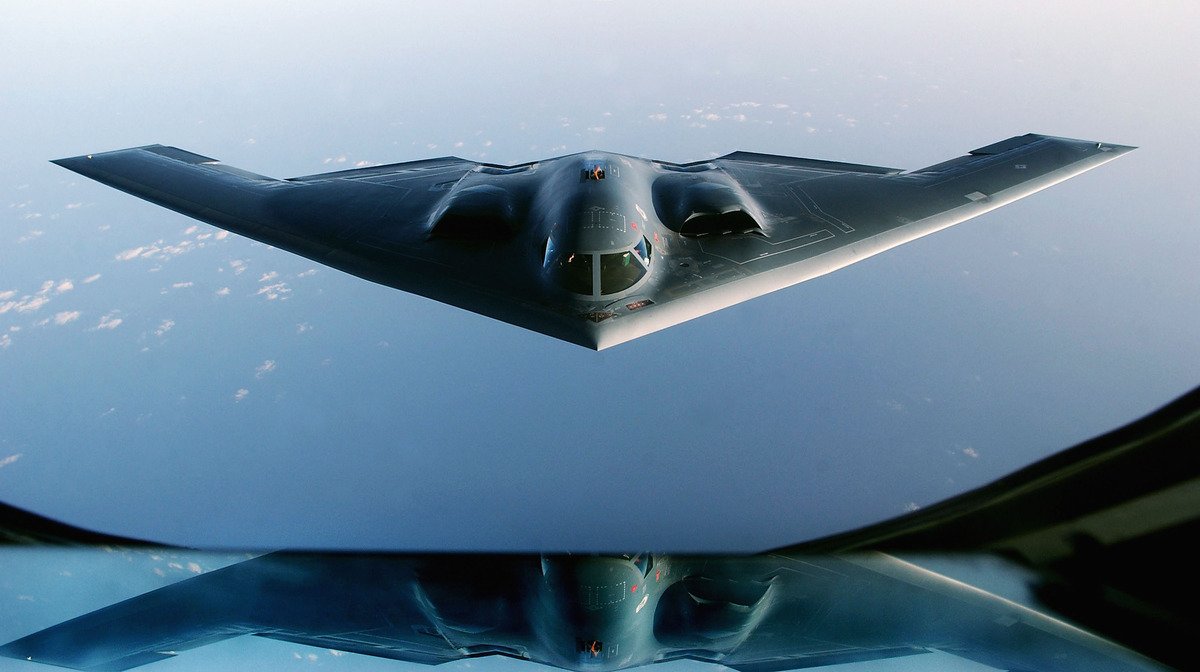
On June 22 — the 9th day of the confrontation — the United States also joined the conflict. The US struck Iran’s Fordo nuclear facility with 12 bunker-buster bombs delivered by six B-2 bombers. Two bombs were dropped on the Natanz nuclear facility. At the same time, 30 cruise missiles were launched from submarines at the Natanz and Isfahan nuclear facilities.
In response, although Iran attacked the US base in Qatar with missiles, the missiles were intercepted mid-air. Following this, on June 24, Trump announced that a ceasefire had been reached between Iran and Israel.
"Israel has paralyzed Iran's defenses"

Israeli analyst, orientalist, and journalist Mikhael Borodkin, commenting on the conflict between Israel and Iran to APA, stated that Israel paralyzed Iran’s defense and precisely destroyed key strategic targets during the 12-day war: “During the twelve-day war between Israel and Iran, Israel demonstrated that it possesses extraordinary capabilities in both military and intelligence fields. The operation began with the destruction of Iran’s air defense systems and effectively rendering its armed forces ‘headless,’ which allowed Israeli aviation to gain air superiority over Iran. After that, the planned destruction of announced targets — nuclear facilities, military bases, weapons depots, as well as symbolic objects of the Iranian regime — was carried out. Iran attempted to strike back, but these strikes were not very effective due either to Israel’s prior weakening of Iran’s missile capabilities or to the effective operation of Israel’s missile defense systems. Nevertheless, it is known that no defense system provides a one hundred percent guarantee and does not ensure complete protection.”
"Iran foiled US and Israeli sabotage plans"

The political analyst from Iran, Qaem Maqami, told APA that although Israel’s attacks aimed to create internal turmoil in Iran, the national unity of the Iranian people thwarted these plans: “On the first day of the war, more precisely the first night, several high-ranking commanders of the Iranian Armed Forces and the Islamic Revolutionary Guard Corps (IRGC) were targeted and martyred in their homes. It is reported that these assassinations were carried out by Mossad agents infiltrated into Iranian territory and their networks composed of Iranian, Afghan, and Indian nationals. These groups operating actively inside the country dealt a heavy blow to Iran’s military leadership through targeted killings. Nevertheless, Iran quickly regrouped and launched large-scale missile attacks against Israel the following night. Several cities, including Tel Aviv, were intensively targeted, and serious destructions were recorded. The main goal of the U.S. and Israel in this military operation was to create chaos and instability in Iran, leaving the people confused and hopeless. Additionally, they planned to activate separatist and terrorist groups within the country to spark internal conflicts and civil strife. However, these plans did not produce the expected results. On the contrary, the Iranian people, uniting across all regions, demonstrated national solidarity and unity. Thus, the provocative strategies planned by the U.S. and Israel failed and ended in collapse.”
Israel and the United States have declared that during the 12-day war, Iran's nuclear facilities were destroyed, and the main military objective was achieved. However, Iran rejected these claims and stated that the facilities had been relocated in advance and that the attacks did not yield any strategic results. The sides have presented conflicting claims regarding this matter.
"Israel has achieved strategic goals"

According to the Israeli analyst, by striking Iran’s nuclear and missile facilities, Israel has achieved its objectives: “The Israeli government has officially announced that all the main objectives of the military operation have been accomplished. This statement indicates that the operation is considered successful within Israel’s political and military circles. If we believe in this statement, it means that Israel’s military and intelligence structures have concluded that Iran’s nuclear program no longer poses a direct threat to the country’s national security and existence. It is reported that, within the framework of the operation, a large portion of Iran’s strategic nuclear facilities were either completely destroyed or severely damaged. The targeted infrastructure included uranium enrichment plants, missile launch systems, and underground facilities. In addition, several key figures leading Iran’s atomic program were reportedly neutralized, and its missile and drone programs also suffered significant blows. According to Israeli officials, this operation was not only aimed at ensuring the country’s strategic security, but also at reshaping the balance of power in the region.”
Have the locations of nuclear facilities been changed?

The Iranian expert, however, says that Israel did not achieve its objectives because the locations of the nuclear centers had been changed:
“The U.S. and the Israeli regime had set the complete dismantling of Iran’s nuclear program as their main goal. At the same time, they also planned to destroy Iran’s missile production centers and technological potential. The primary objective of these plans was to weaken Iran’s military power and render it strategically defenseless. As a result, such weakening aimed to increase political and military pressure on Iran, even destabilize the country internally. According to claims, the ultimate goal of this process was to divide Iran into several parts and undermine its territorial integrity. However, these plans did not yield the expected outcome and, on the contrary, were accompanied by serious strategic and material failures. The Zionist Israeli regime and the U.S. had announced they would bomb more than 300 regions of Iran. Initially, large-scale attacks began on Iran’s military command centers, followed by residential areas. Six hospitals were bombed, and dozens of medical staff and civilians were killed. The state television building in Tehran was destroyed, and two journalists were martyred. Scientists and their families were also assassinated. All these indicate that the attacks were mainly directed at civilians. Iran, on the other hand, only targeted Israel’s military and technological facilities in response. As a result of missile strikes, Israel’s airports and technological centers were destroyed. Various civilian aircraft were evacuated to Greece. The U.S. also bombed nuclear facilities in Isfahan, Fordow, and Qom to disable Iran’s nuclear program, but since Iran had evacuated these centers in advance, no significant outcome was achieved. In response, Iran struck the U.S. military base in Qatar.”
The United States' involvement in the Israel-Iran war had a significant impact on the course of the conflict. The intelligence data, air defense systems, and logistical support provided by Washington increased the effectiveness of Israel's military operations. This limited Iran's ability to respond and altered the dynamics of the confrontation.
US intervention convinced Iran to cease fire
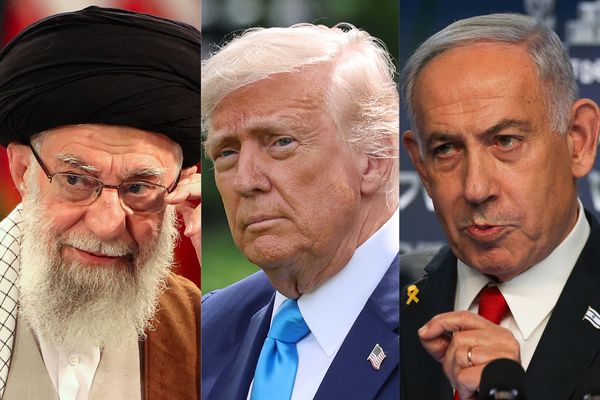
According to Mikhail Borodkin, the U.S. intervention confirmed the Trump Administration’s policy of power projection and was one of the main factors that persuaded Iran to agree to a ceasefire, though it may only temporarily weaken the Iranian threat: “The U.S. involvement in this war showed that President Donald Trump's ultimatums must be taken seriously. He does not hesitate to use force when necessary, and the military capabilities of the U.S. Army still dominate on a global scale. This factor likely played a key role in Iran’s agreement to the ceasefire and its move toward halting the fighting. However, the main point to note is this: even the most successful military operations can only temporarily reduce the Iranian threat. Diplomatic approaches are also necessary for a lasting solution to the problem.”
Qaem Maqami, on the other hand, stated that the U.S. clearly supported the war launched by Israel against Iran both politically and from a military-strategic standpoint, and became the main force that directly and indirectly encouraged it: “The United States, in addition to enabling the formation of the Zionist occupying regime, also supported its initiation of this war and attacks against Iran. In this process, the U.S. openly defended Israel both militarily-strategically, and politically. Trump also stated openly in his speech that Israel had done ‘very useful and great things.’”
Iran's symbolic strike on Qatar
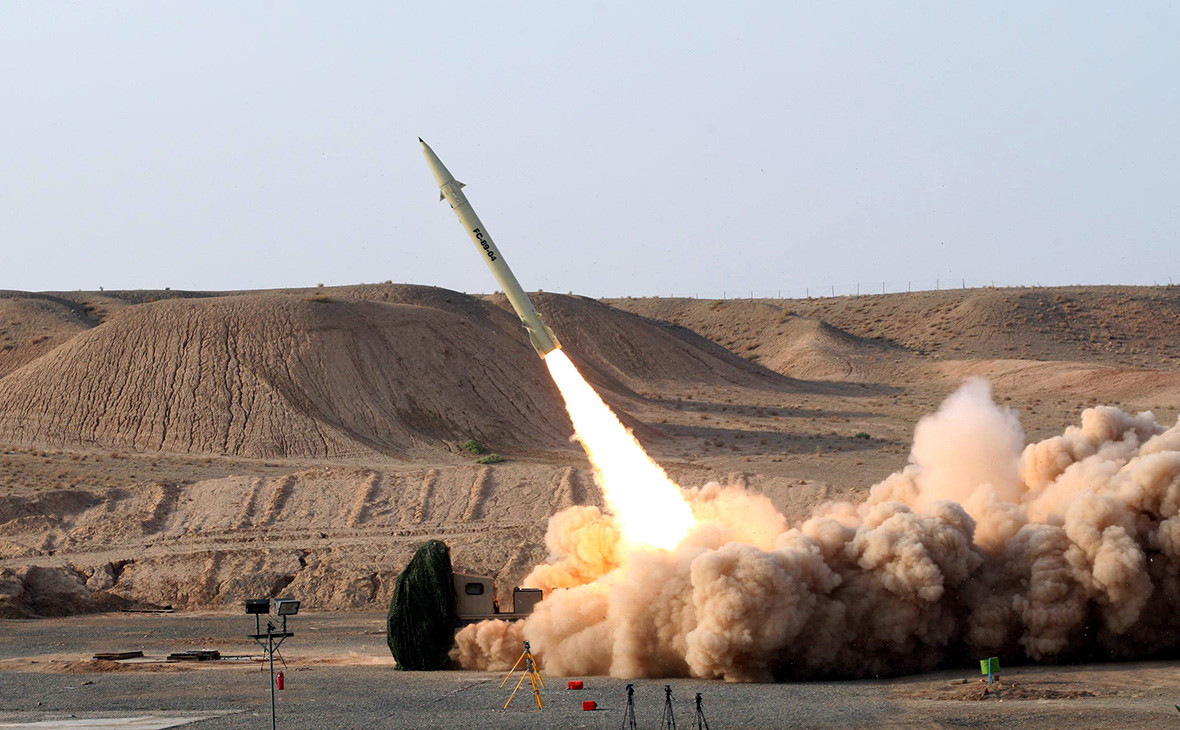
After 12 days of intense military confrontation, a ceasefire has been declared between Israel and Iran. However, it remains unclear how lasting the ceasefire will be and to what extent both sides will adhere to the agreement. Mutual distrust and strategic contradictions between the parties leave this question open.
The Israeli political analyst noted that Iran’s symbolic strike on the U.S. base in Qatar and its attempt to avoid further escalation indicate Tehran’s willingness to accept the ceasefire and if Israel also believes it has achieved its objectives, the ceasefire may hold—particularly if a negotiation process begins: “Yesterday, Iran launched a retaliatory strike on the U.S. military base in Qatar. This attack was largely symbolic and did not result in any significant outcomes. Observations suggest that the Iranians either directly or indirectly informed the U.S. side about the strikes in advance. This was aimed at avoiding casualties and preventing the conflict from deepening. With this move, Tehran demonstrated that it does not intend to escalate further and is willing to accept a ceasefire. It also showed readiness to return to the negotiating table. If the Israeli government believes, as it has stated, that it has achieved its military and strategic goals, and if Iran remains committed to the current ceasefire, an agreement between the parties may hold. Especially if negotiations begin or diplomatic engagement intensifies, the likelihood of the ceasefire continuing appears higher. This could be a significant opportunity for both regional stability and a diplomatic resolution to the conflict.”
It is not convincing that Israel will comply with the ceasefire
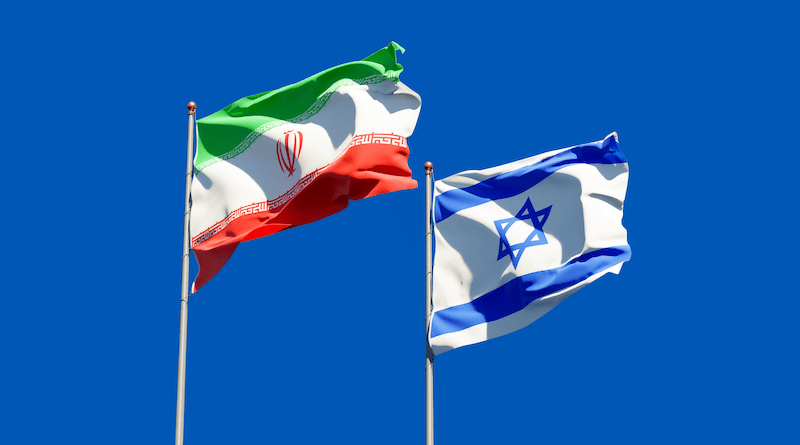
The Iranian expert stated that it is not credible that Israel will abide by the ceasefire and that the likelihood of the ceasefire being violated in the near future is high.
“Regarding the ceasefire, neither the Israeli regime nor the United States can be trusted. Throughout history, this regime has repeatedly violated ceasefires and resumed military operations, acquiring new weapons and bombs from various countries, especially the US, France, and Germany. For this reason, Iran has openly declared that if the ceasefire is broken, all cities in Israel will be subjected to more destructive missile strikes and wide-scale retaliatory measures will be taken. Israel’s past behavior shows that this warning is not unfounded. For example, despite the ceasefire declared in Gaza, the Israeli regime did not halt operations and killed more than 300 civilians. These attacks were mainly carried out with the political and military support of the United States, resulting in a deepening humanitarian catastrophe for the people of Gaza. Many women, children, and innocent people lost their lives. All these facts indicate that it is unlikely the Israeli regime will comply with the ceasefire, and new provocations in the near future cannot be ruled out,” said Qaem Maqami.
“If the regime does not change in Iran, the nuclear program will not be completely stopped”
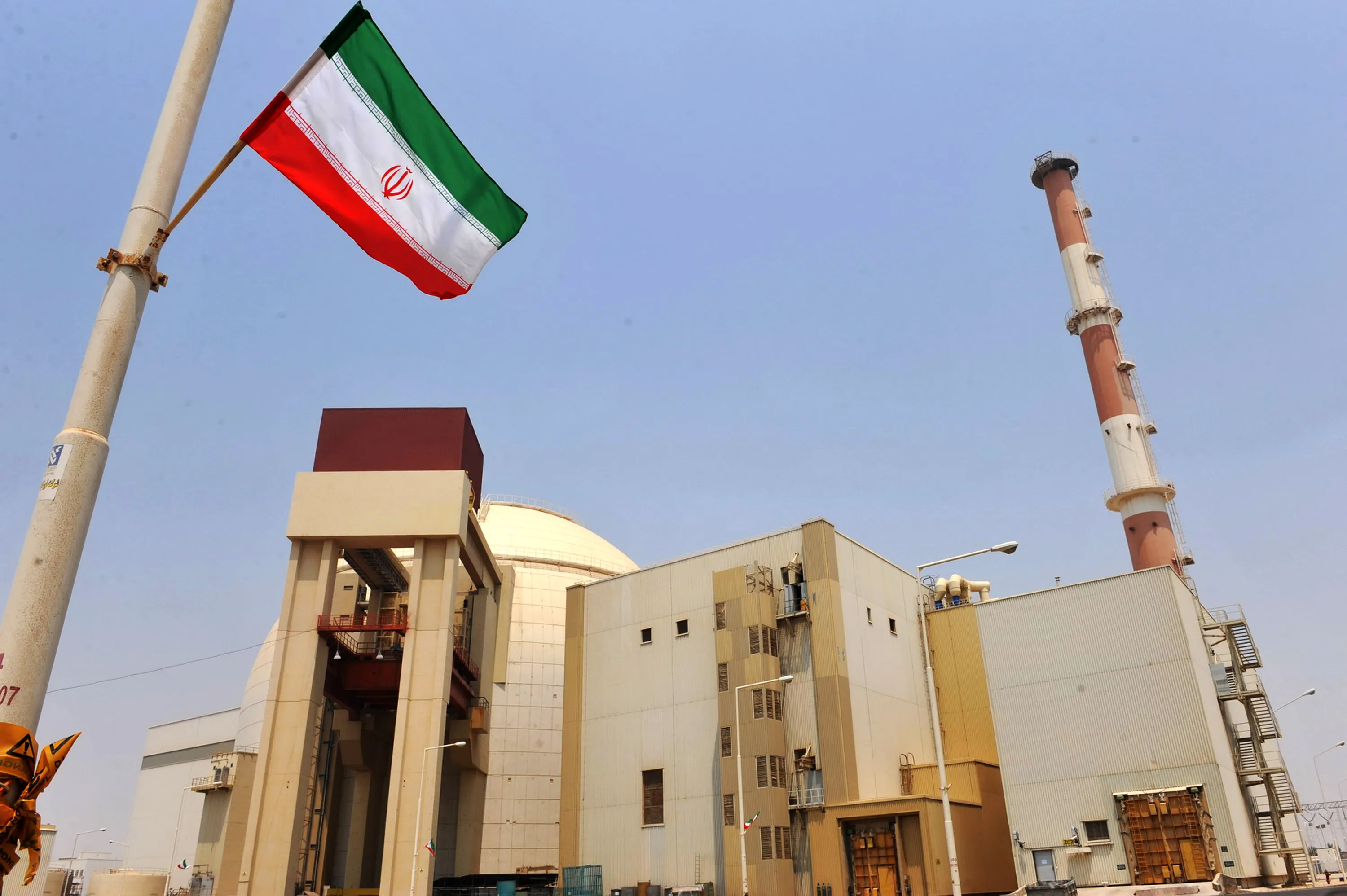
Which course Iran will choose regarding its nuclear program in the post-war phase — whether to completely halt it, limit it, or continue it in a more secretive form — remains uncertain for now.
Mikhael Borodkin believes that unless the regime in Iran changes, the likelihood of completely stopping the nuclear program seems low: “Most likely, even if a new agreement similar to the 2015 deal is signed, it will only have a delaying effect. The Iranian regime will not completely stop its nuclear program; on the contrary, it will try to restore or rebuild it. It will just do so in a more secretive, more covert manner. For this reason, in order to fully eliminate the threat posed by the current Iranian regime, efforts must be made toward regime change, and the Iranian opposition should be supported in its efforts aimed at a change of power. If this does not happen, if the regime does not change, it does not seem realistic that Iran will renounce obtaining nuclear weapons. The only result in this case will be a pause lasting several years, maybe even a decade. However, this will be only a pause.”
Iran will continue nuclear and missile production programs
Qaem Maqami also stated that despite all pressures, Iran will not stop its nuclear program and missile production: “Despite all the pressures, neither Iran’s nuclear program nor missile production will be halted. Iranian officials openly declare that they have no intention of retreating in these areas and are determined to continue their programs.”
